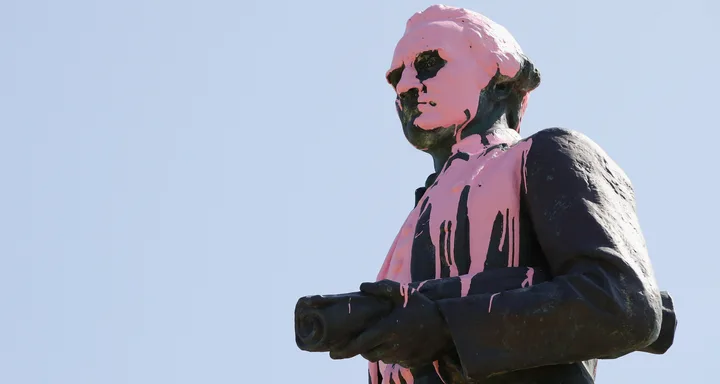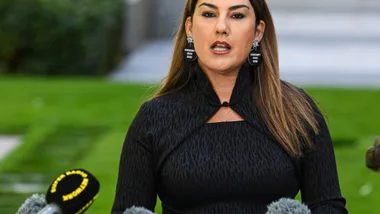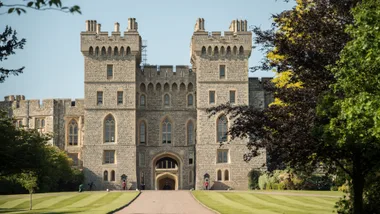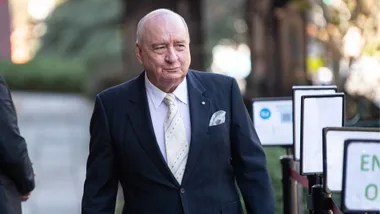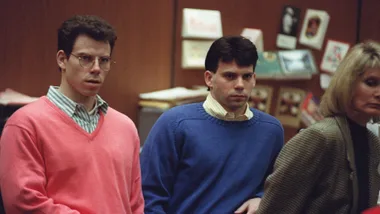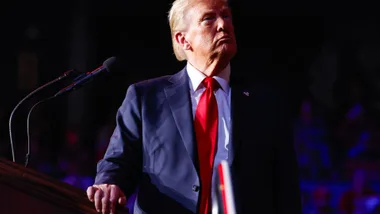They’ve taken pride of place in cities around the world, immortalising colonisation and celebrating the people who spearheaded it. For almost as long, some people have wanted these statues taken down.
And while the Black Lives Matter movement has sparked a renewed push to have such statues removed all across the globe, with some already being being toppled or defaced — this is hardly the first time people have called for their confiscation.
For many Black and First Nations people, these statues represent generational trauma and hundreds of years of pain, and yet, there are some who argue against those in favour of removing the statues by claiming it “erases history”.
And while on a surface level derived from white privilege, that may sound plausible, like the centuries of racism that many of these statues represent, it’s not nearly that simple.
Keep reading to find out why.
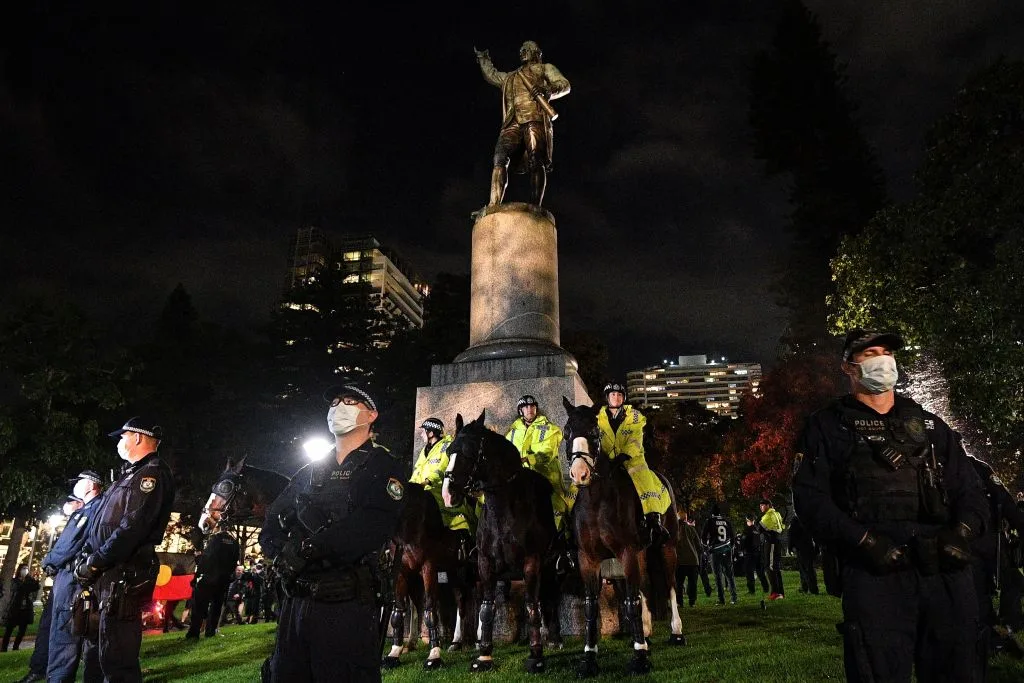
1. The Statues Are Not ‘History’, They Are Celebratory Ornaments
Statues are not history. Statues are an attempt to celebrate someone. We do not learn history from statues, we do not forget history when there isn’t a statue.
For example, none of us have forgotten Hitler or the injustices he inflicted upon the world because statues commemorating him as a ‘great leader’ have been taken down. The same applies to the Captain Cook statues in Sydney that were recently sprayed with graffiti — it has not caused us to forget what happened in this country’s history.
As eloquently explained by Dr. Joshua Wolrich: “Written records are how we remember the wrongs of our oppressive and violent history — not commemorative statues. This isn’t about erasing the history books, it’s about finally refusing to whitewash them.”
Whether a statue remains up or taken down, it ultimately does not take away from the realities of this nation’s past.
What removing a statue does do, however, is offer a symbol of hope and respect to the people who have been victimised for generations as a result of the person being celebrated.
2. Removing These Statues Would Not Be Rewriting History (But Putting Them Up In The First Place Was An Attempt To Do Exactly That)
As the old adage goes: “History is written by the victors”.
While these statues in and of themselves are not representative of history as it happened (the British invaded and colonised Australia, they did not ‘settle’ here), they are often an attempt to cast a veil over the ugly truth of a country’s deeply shameful past.
For example, the statue of Edward Colston, a 17th century British slave trader who played an active role in the enslavement of over 84,000 Africans, including 12,000 children — 19,000 of whom died en route to the Caribeean and America — was recently taken down by Black Lives Matter protesters and thrown into the water in Bristol, UK.
Despite seeming as though it occurred in the spur of the moment, the act of protest followed years of petitioning and outcry from the community to have the statue removed, to no avail.
The statue — which has since been retrieved from the water to be placed in a museum explaining its actual history — featured an inscription that held no mention of his active role in enslavement, as the figure was erected to celebrate his philanthropy, with the base of the statue proclaiming him “one of the most virtuous and wise sons” of Bristol.
Bristol Mayor Marvin Rees, who is of Jamaican heritage, told the BBC that he “felt no sense of loss” at its removal.
“I cannot pretend it was anything other than a personal affront to me to have it in the middle of Bristol, the city in which I grew up,” he said. “We had a statue up to someone who made his money buying and selling people.
“That statue is now under water, which is a piece of historical irony because undoubtedly people would’ve been thrown off the sides of the ships during that journey and there would be many African bodies on the bottom of the water.”
At a more local level, the Australian statues of Captain Cook do not acknowledge the traditional custodians of the land on which they stand.
Moreover, the one vandalised in Randwick, Sydney recently features the inscription “To the memory of Captain James Cook, R.N. The celebrated navigator and discoverer of this territory.”
It is impossible to make the argument that statues are important for us to know our history when the history being relayed is completely one-sided and steeped in centuries of injustice towards an entire group of people.
Regardless of whether one believes in removing the statue or not, the fact remains that history has neither been erased nor retold fairly.
As historian and activist Nick Estes aptly summarised, “Tearing down statues is not erasing history. Putting up a statue on land whose original caretakers you can’t name, is.”
3. Removing The Statues Is Not Like Destroying The Pyramids Or The Colosseum
There is a strangely popular argument being propagated by the pro-statue side likening colonial statues to historical monuments that were reportedly built by slaves and saying that removing them would be akin to destroying the pyramids or The Colosseum.
The argument gained so much momentum, that a fake news story began circulating on social media stating that anti-racist protesters were calling for the Pyramids to be destroyed (they were not).
Besides the fact that some of the history behind this argument is questionable — historians widely agree that The Colosseum was built by Jewish slaves, while leading Egyptologists have said the pyramids were not built by slaves but by conscripted labourers — even if we were to assume they were built by slaves, it is still a vastly different situation than removing a commemorative statue.
It seems almost bizarre to have to break down, but if the monuments were built by slaves, it would be an act of disrespect towards them and the hard work they were forced into, to take it down.
That’s not to say that these world wonders should be celebrated without question. In the case of such significant buildings, it’s important to give context wherever their stories are told, such as the pages of history books and in guided tours.
So, What Do We Do About The Statues?
It’s hard to talk about ‘what to do’ about the statues without properly addressing why this is happening. People have been peacefully protesting against racism and white supremacy for centuries, only to have been turned away by unwilling, ignorant ears.
To borrow from Martin Luther King Jr., “A riot is the language of the unheard”. The statues being graffitied or toppled are a symptom of centuries of systemic racism, unbelievable injustice and oppression towards Black, First Nations and People of Colour.
And while New South Wales Premier Gladys Berejiklian has spoken about tightening laws to protect statues (let that sink in), ABC News has suggested four other tangible ways to settle Australia’s colonial statue debate that actually acknowledge their racist origins.
These include removing the statues, replacing the statues, changing their locations and recontextualising them, and/or altering their plaques and historical contexts.
Here’s what that could look like.
1. Remove The Statues
This is what is being called for in many cases, and is definitely worth taking seriously, given that the removal does not undo unjust history, but ceases to outwardly celebrate the figures who perpetrated it. However, while the motivation behind this call must be understood to move forward in any direction, it is not the only solution.
2. Replace The Statues
Per ABC News, Gadigal/Yuin elder and Cultural Arts Educator Aunty Rhonda Dixon-Grovenor, said she would like to see statues “replaced with statues of Aboriginal people”.
“It would just mean so much. They (Indigenous people) could walk with their heads held up.”
“All around the world these racist statues are being pulled down because people are sick of it, they’re sick of this in-your-face racism.”
3. Change The Statues’ Locations And Recontextualise Them
One such example of this comes from Bristol’s Edward Colston statue, which has since been retrieved from the water by the city council, and is set to be placed in a museum and exhibited alongside Black Lives Matter placards.
“The only way we can work together on our future is by learning the truth of our beginnings, embracing the facts, and sharing those stories with others,” explained Bristol Mayor Marvin Rees.
4. Change The Plaques And Historical Contexts
This is technically known as ‘dialogical memorialisation’, where things such as plaques are added to existing monuments to explain the figures commemorated from a modern perspective.
According to ABC News, one such example is the Explorer’s Monument in Fremantle, which now includes a plaque that was not part of the original memorial, acknowledging “the right of Aboriginal people to defend their land, or of the history of provocation which led to the explorers’ deaths”.
Australian National University history professor Bruce Scates is a fan of dialogical memorialisation, and said that removing statues altogether “removed that opportunity for discussion”, and recommended updating them with more robust historical accounts to create a platform for discussion.
Statues Aside, The Work Does Not End Here
Much like those who use the problematic ‘All Lives Matter’ in response to Black Lives Matter, the arguments doled out by pro-statue proponents have, in a way, derailed the important conversation that’s been taking place online and in real-life.
While this can certainly be looked as an opportunity to learn (with much of the burden of educating unfairly falling on BIPOC activists), the fact that there are fake news stories circulating about anti-racist protesters calling for the Pyramids to be demolished, while more Black people’s lives have been lost, is truly a travesty
And that, more than any statue, is a part of our history.
